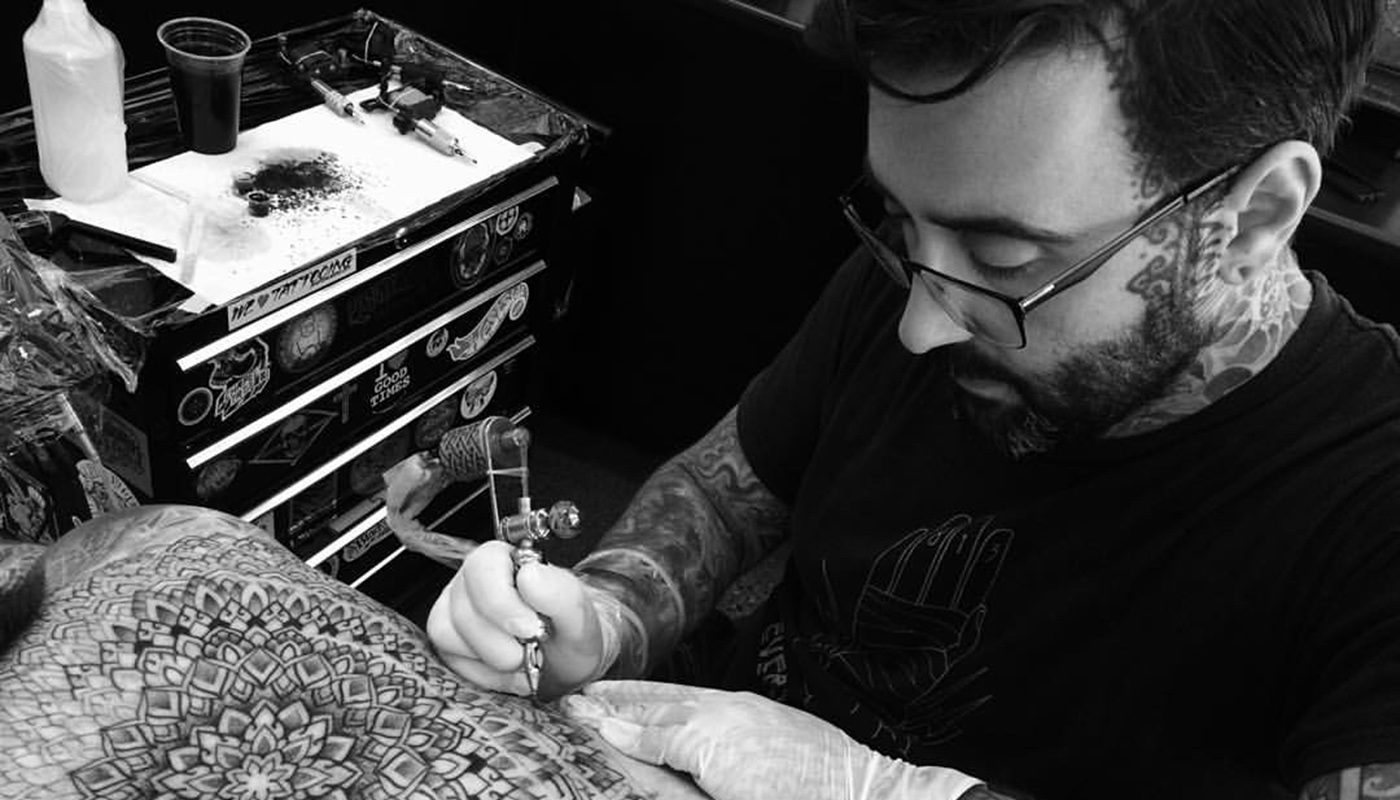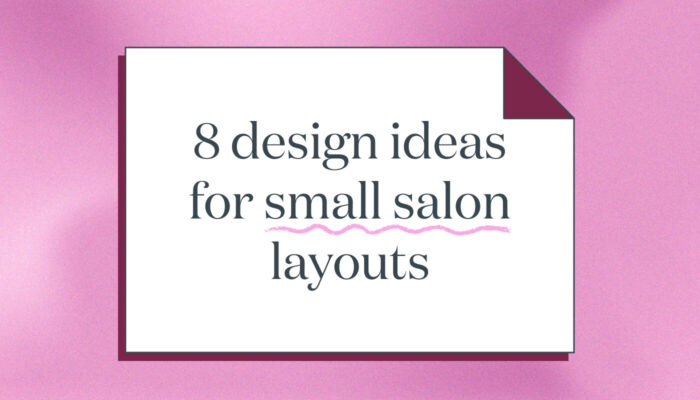Walking relationships with a Tattoo Artist
Tattoo artists use needles and ink to etch the surface of your body as a display of self expression, a tribute to the person that was and will be. All of it - the good, the bad, and the ugly - reflects on the artist.

Welcome to the world of Alvaro Flores, a tattoo artist based in Melbourne, Australia whose name is becoming common in the industry.
Alvaro’s work, when observed, is perfectly puzzling. In the same way each tattoo is different, each one is the same. Each design is inextricably linked by the influence of the artist; unique, unfettered by tradition, but still upholding discipline, principle, and symmetry. Each tattoo, commanding more than a glance by passersby, is a walking expression of the relationship between artist and client.
It all started in Alvaro’s home country of Spain in the 90’s. After high school, Alvaro studied architecture and technical drawing. He found the drawing and challenging mathematics that accompanied architecture enjoyable, but a future of office chairs under fluorescent lights looked bleak. It was around this time that Alvaro began visiting the local tattoo shop and discovered ink as a creative outlet. There’s a certain addiction that follows tattoos. “Getting your first tattoo” insinuates that this will be the first of many, as if you’ve crossed a boundary and must now wear your heart on your sleeve, right above your wild west revolvers and thorny roses. Tattoos aren’t addictive in the same way opioids or Hershey’s kisses are, but the endorphins, adrenaline, and solidifying sense of self that accompanies fresh ink certainly can be. As the number of days Alvaro spent in the local tattoo shop grew, the more aware he became that this line of work was a viable way to employ his talents. Eventually in 1999, Alvaro moved to the other side of the chair and started tattooing others. “I didn’t want to rush anything when I was getting into it,” Alvaro explains. “You’ve got to go step by step and I didn’t want to do any step too fast. I didn’t want to jump to any kind of style at the beginning, so I was doing a bit of everything.”
For the next few years, Alvaro dedicated himself to the work. He didn’t stop seeking inspiration. He didn’t stop working, even when he had hit creative blocks and didn’t feel like it. It was in these formative years that Alvaro discovered his niche.
“I don’t like to only focus on one theme, and I don’t just get inspiration from other tattooists.”
“I think tattooing is about composition. The tattoo should have a nice flow along the body,” he says.
“I have a lot of books about different things like architecture, patterns, and clothing,” he continues. “I try to get my references from things like that. I don’t like to only focus on one theme, and I don’t just get inspiration from other tattooists.”
After several years of working in Spain, Alvaro began noticing that many of his tattoos were resembling traditional Ornamental artworks mixed with Arabic flair, while others looked similar to Thai and tribal patterns. Alvaro didn’t force these influences to emerge; they gradually began to distinguish themselves as he practiced and educated himself.
Clients who liked these themes sought him out, and through these creative partnerships, if you will, Alvaro’s style of tattooing strengthened.
The relationship between tattooist and client is a unique one. The tattoo artist acts as a creative guide while the client forms designs that best express who they are as a person. At the same time, the balance between the artist’s dedication to “the client is always right” and their knowledge of taste, style, and composition is precarious. How do you deal with a client who wants something you know is unsuitable? “I try to adapt for what the client wants,” Alvaro says. His response is to dig deeper, to understand the motivations behind the client’s decision, and mould the artwork based on that.
“I find what the client wants and show them the way I approach it.”
“I find what the client wants and show them the way I approach it. Sometimes if I don’t want to do it, I’ll tell the client. In the end, we come up with something else that looks better.” This process, and the artwork that follows, has seen Alvaro’s popularity surge. On Instagram, Alvaro Flores its followed by close to 94,000 people, and each picture gets between 1 and 10 thousand likes. On Facebook, his designs receive hundreds of comments and shares. However, it definitely hasn’t been an overnight success.
In 2009, Alvaro moved from Spain to Australia and opened his first social media account. He had previously attended tattoo conventions as his main promotional activity, but then social media came along and changed the way people access and interact with information.
Now, he posts a picture of his latest work on Instagram or Facebook and lets it do most of the talking for him. He enjoys that others appreciate his work, but Alvaro remembers why his work is popular.
“I come from a period in time where you couldn’t do much publicity,” Alvaro says. “My publicity was to work hard and treat the client well, and I think that is really really important because you can be really really good, but you can be an asshole.”
“My publicity was to work hard and treat the client well.”
“If you are nice, work hard, respect the client, and respect what you do, that means a lot. I always work hard in that aspect. I treat my clients well, I listen to feedback and I’m really happy to work with my clients.”
It’s with pride that Alvaro recounts how clients he tattooed up to seven years ago are still waiting for him to go travelling again, to pass through Spain, and to give them another tattoo. He’s caused them pain and indelibly marked their skin with his artwork. He treats them like friends.
“Always respect your client, and respect yourself,” Alvaro says sternly. “If you don’t respect yourself you can’t respect others.”
For the moment, Alvaro is content further developing his style, forming new relationships, and exploring new patterns and techniques. He’s working out of Korpus, a popular tattoo parlour, and finding new sources of inspiration from the energetic Melbourne atmosphere ever day.
Despite the fact that his name is well-known in tattoo circles, Alvaro still sees himself as walking along the path of his creative journey.
“We are all the same,” he concludes. “We don’t do anything different or special, even though we do different things.”
“We always have to be humble, and that is the best publicity we can do.”


